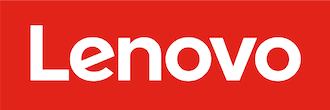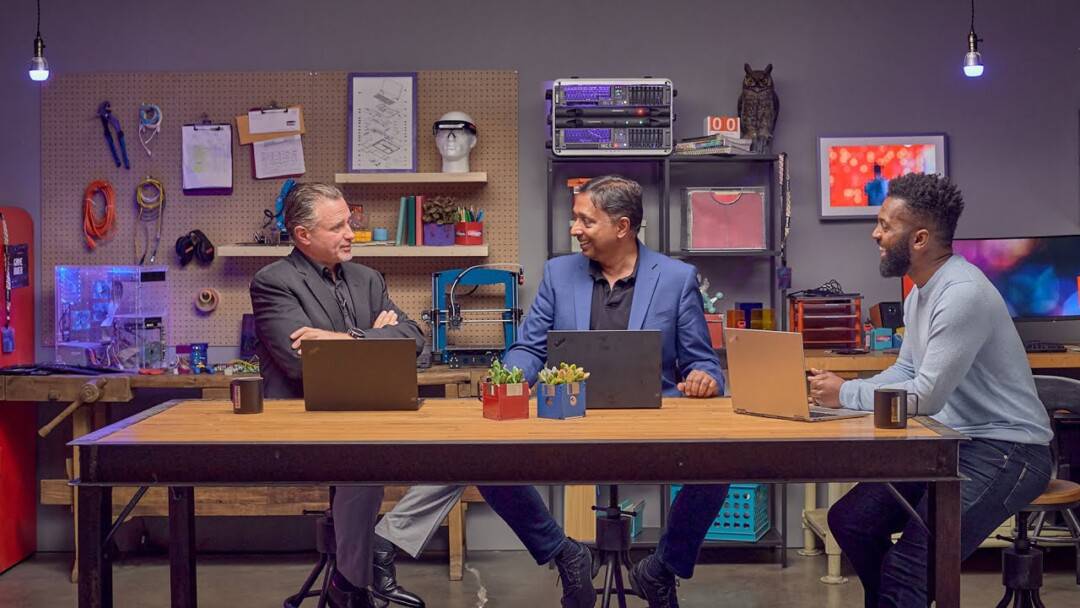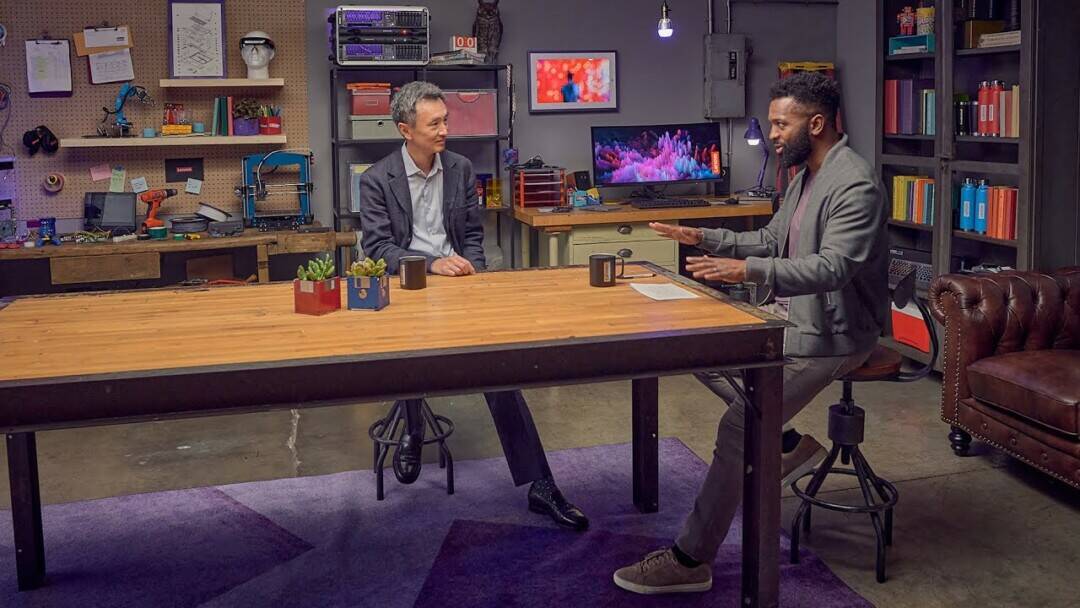
Gartner reports that blockchain-generated business value will climb to $176 billion by 2025 and soar to $3.1 trillion by 2030.
Not bad for a tech wunderkind with a mercurial reputation.
How is blockchain technology used in business today?
Enterprise businesses, government agencies, and even entire countries are making good use of the technology — elevating customer, patient, and citizen experiences to:
- Verify vote tabulation (Sierra Leone)
- Provide near-instantaneous equity trade settlements (Goldman Sachs)
- Ensure accuracy of royalty payments to music artists (Mycelia)
- Monitor infectious diseases and give patients control over their own data (US Centers for Disease Control)
- Trace and authenticate hard drives to thwart counterfeiting in data storage (Seagate)
- Enhance customer loyalty programs by enabling frequent flyers to spend points at participating retailers that share the blockchain (Singapore Airlines)
Empowering any business process
The customer-facing possibilities are well documented. But blockchain technology has untapped potential for creating efficiencies internally and can dramatically improve business processes by driving accuracy, auditability, speed, security, and trust.
Why does it work?
- Blockchain is a digital, decentralized ledger database that records and stores all transactions between users on a given network.
- Transaction records (called “blocks”) are time-stamped and cryptographically secured, locking them in a linear, chronological order.
- This provides a transparent, immutable collection of every record, safeguarded against tampering.
Certain traits of blockchain technology — distributed ledgers, smart contracts, end-to-end cryptographic encryption, consensus-based updating of data, immutable content — help organizations on the same blockchain trust that everyone involved in a process is following the terms of the agreement.
An opportunity to optimize
Because blockchain makes it easier to track and audit the movement of goods, it’s the ideal platform for recording supply chain transactions. This use case is particularly valuable for enterprises like Lenovo, which manages a complex global supply chain network that manufactures billions’ worth of consumer and commercial technology each year.
Blockchain stood out as the ideal way to increase visibility across the supply chain. Having a single shared ledger in place increases data transparency and improves collaboration with suppliers and original equipment manufacturer (OEM) partners.
Case study: Transforming a supply chain
Lenovo quickly identified the process for managing inventory procurement as one area ripe for testing blockchain transformation.
The challenge: Lenovo typically exchanged physical purchase orders (POs) and invoices with trusted suppliers and OEM partners. This predominantly manual process was time-consuming. Lenovo had to confirm, approve, audit, bill, and pay. The company was the central authority that ensured accuracy and adherence to the terms and created the necessary trust among the parties to the transaction. Mailing forms back and forth added weeks to the process and introduced possibilities for human error. This churn tied up resources that could have been used more productively.
The solution: Lenovo implemented a blockchain network where information in the buy-sell procurement model is now being exchanged, replacing printed paper and electronic documents with all-electronic transactions.
The results: The process on the blockchain greatly reduced transaction times, increased auditability, decreased manual errors, and gave all parties transparency into what was happening at every stage of the process. The distributed design also eliminated the possibility that any one failure in the transaction chain (such as a PO lost in the mail) could cause the entire process to fail.
The future of blockchain for business
Possibilities for blockchain abound, potentially solving some of the hottest issues facing IT and business leaders today. They can add specific security- and audit-related capabilities to their blockchain technology, enabling the data model to incorporate machine learning techniques and delivering the intangible benefits of a faster, more trusted business process.
Lenovo — a member of several consortia and collaborative projects committed to blockchain research and development — plans to expand its use of blockchain and integrate it with big data analytics, AI, and IoT technologies into other areas of its supply chain, including:
- Origin tracing of minerals and metals used in production
- Asset management and software royalty management
- Supplier onboarding and business partner compliance
We know from our own experience how powerful a tool blockchain is and the potential it has to transform supply chain operations for the better. Now we want our customers to realize that power, too. Lessons learned by internally implementing blockchain are passed on to Lenovo customers, smoothing their paths to the efficiencies and benefits of blockchain.
Lenovo is also working with Intel® to create solutions based on its industry-leading ThinkSystem data center infrastructure portfolio of server, storage, networking, and software products. These solutions will shorten customers’ time to market with blockchain services and capitalize on an array of business opportunities.
Lenovo can help transform your business’s blockchain strategy with smarter end-to-end technology solutions. To learn more about our own use of blockchain, read the full case study.























